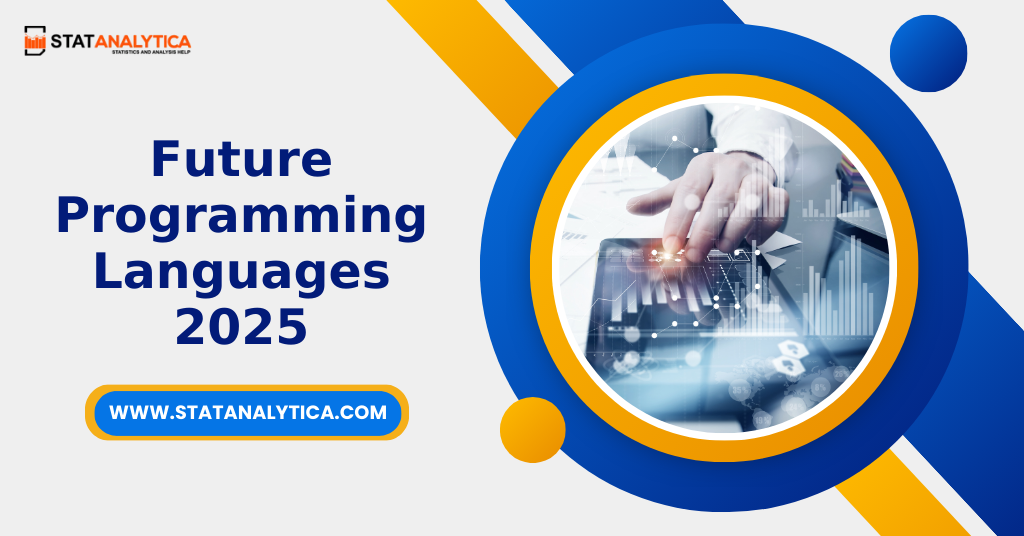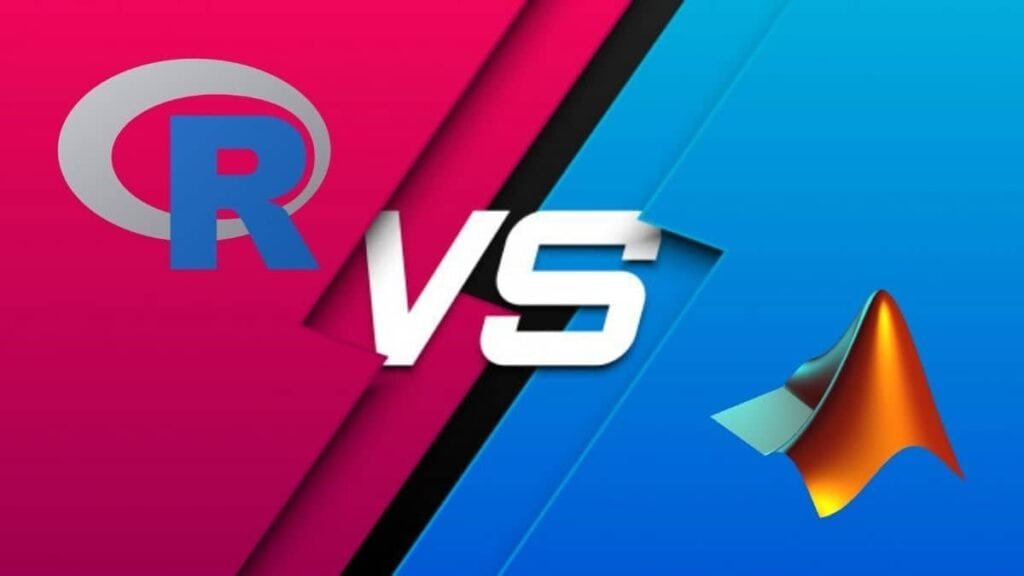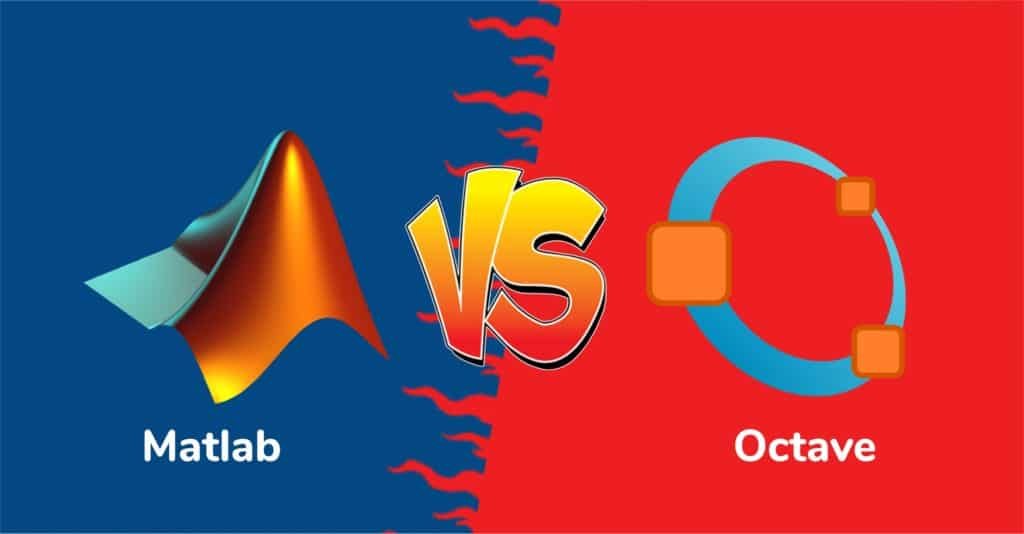In the world of computers, a programming language is the bridge between human thought and machine action. It is the set of instructions that makes software and applications work, and in the year 2025, the landscape of programming languages is set to evolve significantly.
Why are programming languages so vital to companies? They enable innovation, efficiency, and automation in today’s tech-driven world, propelling businesses forward. But what lies ahead in the realm of Future Programming Languages 2025?
In this blog, we discuss what programming languages are, how technology trends are shaping their future, and introduce you to the top 13+ Future Programming Languages projected from 2025 to 2030. Learn these languages, and many job opportunities door will open for you in the tech industry.
Stay tuned with us to know more about future programming languages 2025.
What Is A Programming Language?
Table of Contents
A programming language is similar to a series of special instructions that people use to direct computers on what they want to do. It is a way to communicate with computers by writing commands and telling them how to perform tasks, like adding numbers, showing text on the screen, or solving problems. These languages have their own rules and vocabulary, and they help programmers create software and apps that make computers work in different ways. So, programming languages are like the bridge between people and computers, allowing us to make machines do useful things.
How Technology Trends Are Shaping the Future of Programming Languages?
The following trends are shaping the future of programming languages:
1. Artificial intelligence (AI) and machine learning (ML)
Two of the most important technologies of our time are artificial intelligence and machine learning. These two have a big effect on the field of programming. New programming languages and frameworks are being developed specifically for AI and ML applications, and existing languages are being updated to support these technologies.
2. Internet of Things (IoT)
The Internet of Things is a network of connected electronic gadgets that collect and exchange data over the Internet. As the IoT continues to grow, there will be a growing demand for programming languages that are well-suited for developing IoT applications.
3. Quantum Computing
Quantum Computing is basically a concept that is used to solve the complex problems in quantum mechanics. Quantum has the potential to solve problems that are uncontrollable for traditional computers, and it could revolutionize many fields, including programming.
4. Blockchain And Distributed Systems
Blockchain is the underlying technology behind cryptocurrencies but has many other potential applications. Blockchain and other distributed systems technologies are becoming massively popular, and there is a growing demand for programming languages that may be used to develop applications for these platforms.
5. Serverless Computing
Cloud computing without servers implies that the cloud computing provider manages the server hardware. This way, writers can focus on writing code without having to worry about running servers. Serverless computing is becoming increasingly popular, and there is a growing demand for programming languages that are well-suited for developing serverless applications.
Read More
Top 13+ Future Programming Languages 2025 – 2030
Here we will discuss the top 13+ future programming languages 2025-2030
1. Julia
Julia is a high-performance, dynamic programming language known for its speed in numerical and scientific computing. It’s anticipated that Julia will continue to evolve, becoming more versatile in handling data analytics and machine learning tasks. Its future lies in expanding its ecosystem of packages and libraries, making it a go-to language for data scientists and researchers.
Benefits
- Speed: Julia’s just-in-time (JIT) compilation ensures fast execution, making it ideal for computationally intensive tasks.
- Interoperability: It seamlessly interfaces with other languages like Python and C, enhancing its usability.
- Parallelism: Julia’s built-in support for parallel processing simplifies complex computations.
2. Kotlin
Kotlin, a statically typed language, is expected to gain popularity due to its conciseness and versatility in developing Android applications. Its future may involve further enhancements in Android app development, as well as broader adoption in web and server-side development.
Benefits
- Conciseness: Kotlin reduces boilerplate code, leading to cleaner and more maintainable codebases.
- Interoperability: It seamlessly integrates with Java, easing the transition for developers.
- Safety: Kotlin’s type system helps prevent null pointer exceptions, enhancing code reliability.
3. Rust
Rust is a systems programming language popular for its memory safety and performance. In the future, Rust is likely to continue making strides in system-level development, including IoT devices and critical software infrastructure.
Benefits
- Memory Safety: Rust’s ownership system prevents common memory-related bugs.
- Performance: It offers low-level control without sacrificing safety.
- Concurrency: Rust’s ownership model enables safe concurrent programming.
4. Swift
Swift is Apple’s programming language for app development, with a growing presence on macOS, iOS, watchOS, and tvOS. Its future will involve continued refinement for Apple ecosystem development, expanding its capabilities for cross-platform use.
Benefits
- Speed: Swift is highly optimized for Apple devices, ensuring snappy app performance.
- Safety: It offers enhanced memory safety features, reducing the risk of crashes.
- Readability: Swift’s clean syntax promotes code readability and maintainability.
5. TypeScript
TypeScript is a sub-division of JavaScript that adds static typing to the language. Its future lies in becoming even more influential in web development, fostering the creation of robust and scalable web applications.
Benefits
- Static Typing: TypeScript catches type-related errors during development, reducing bugs in production.
- Tooling: It provides excellent tooling support, including auto-completion and code navigation.
- Compatibility: TypeScript can be gradually adopted in existing JavaScript projects.
6. Elm
Elm is a functional programming language tailored for front-end web development. In the future, Elm may see growth as it offers a more reliable and maintainable alternative to JavaScript for building web interfaces.
Benefits
- No Runtime Errors: Elm’s strong type system eliminates runtime errors like null pointer exceptions.
- Predictability: It enforces a unidirectional data flow, making code easier to reason about.
- Community: Elm’s community emphasizes reliability and maintainability, fostering best practices.
7. Haskell
Haskell is a purely functional language known for its strong type system. Its future may include wider adoption in finance, academia, and high-assurance systems, as its mathematical foundations lend themselves to rigorous software development.
Benefits
- Safety: Haskell’s type system ensures code correctness and prevents many common errors.
- Concurrency: It excels in handling concurrent and parallel programming.
- Expressiveness: Haskell’s elegant syntax promotes concise and readable code.
8. Idris
Idris is a dependently typed programming language, offering even more powerful type guarantees than most languages. In the future, Idris may find use in critical systems where correctness is paramount, such as aerospace and healthcare.
Benefits
- Dependent Types: Idris allows types to depend on values, enabling precise specifications.
- Correctness: It aids in proving the correctness of programs through advanced type checking.
- Extensibility: Idris encourages experimentation and expressive code through dependent types.
9. Clojure
Clojure is a Lisp dialect that runs on the Java Virtual Machine (JVM). Its future may involve continued adoption in big data and cloud computing, thanks to its concise syntax and functional programming features.
Benefits
- Conciseness: Clojure’s minimal syntax reduces boilerplate, leading to compact and expressive code.
- Interoperability: It seamlessly integrates with Java libraries, expanding its ecosystem.
- Concurrency: Clojure’s immutable data structures simplify concurrent programming.
10. Scala
Scala is a versatile language that combines functional and object-oriented programming. Its future may involve further adoption in the data science and machine learning domains, as well as in building scalable backend systems.
Benefits
- Scalability: Scala’s Akka framework and functional constructs make it suitable for building high-performance systems.
- Expressive: It offers a wide range of language features, promoting expressive code.
- Interoperability: Scala interfaces seamlessly with Java, enabling access to a vast ecosystem.
11. Elixir
Elixir is a functional, concurrent language built on the Erlang Virtual Machine (BEAM). Its future lies in supporting real-time and distributed systems, especially in areas like IoT and telecommunications.
Benefits
- Concurrency: Elixir excels at handling massive numbers of concurrent connections.
- Fault Tolerance: It inherits Erlang’s fault-tolerant design, ensuring system reliability.
- Scalability: Elixir’s processes can be distributed across clusters for scalability.
12. Crystal
Crystal is a statically typed language known for its C-like performance and Ruby-like syntax. In the future, it may gain traction in web development, particularly in situations where performance is critical.
Benefits
- Performance: Crystal offers high performance without sacrificing developer productivity.
- Safety: Its static typing catches errors at compile-time, reducing runtime issues.
- Familiar Syntax: Ruby developers can transition to Crystal with ease due to similar syntax.
13. Zig
Zig is a systems programming language with a focus on safety and performance. In the future, it may find applications in low-level systems development, especially in embedded systems and game engines.
Benefits
- Safety: Zig’s strict memory safety features prevent common C/C++ vulnerabilities.
- Performance: It offers fine-grained control over low-level details, optimizing for speed.
- Simplicity: Zig prioritizes simplicity and ease of use for systems programming.
14. Vyper
Vyper is a Python-inspired language designed for smart contract development on Ethereum. Its future lies in the world of blockchain and decentralized applications, improving security and readability in smart contracts.
Benefits
- Security: Vyper minimizes potential attack vectors by simplifying the language.
- Readability: Its simple and Pythonic syntax makes smart contracts more understandable.
- Ethereum Compatibility: Vyper is designed specifically for Ethereum’s EVM, ensuring seamless integration.
These programming languages offer a diverse range of benefits, from performance and safety to readability and scalability, catering to various development needs in the evolving landscape of software engineering.
Benefits Of Learning Future Programming Languages 2025
Here are some benefits of learning future programming languages 2025:
1. Enhanced Career Opportunities
Learning future programming languages in 2025 opens up job possibilities, increasing your chances of landing a well-paying job and advancing your career.
2. Keeping Pace with Advancements
Learning the latest languages ensures you stay at the forefront of innovation, creating cutting-edge software and staying relevant in tech.
3. Greater Efficiency and Productivity
New languages often come with features that make coding easier, saving time and reducing errors, leading to smoother work.
4. Problem-Solving Skills
Learning different languages exposes you to various problem-solving approaches, enhancing your versatility as a programmer.
5. Collaboration Opportunities
Knowing multiple languages allows you to collaborate more effectively, making you a valuable team member.
6. Access to Emerging Technologies
Learning new languages positions you to work on emerging tech trends, leading to exciting career opportunities.
7. Adaptation to Industry Trends
Learning future languages keeps you adaptable to industry shifts, preparing you for programming challenges in different sectors.
Job Outlook Of Future Programming Languages 2025
Here we will discuss the job outlook for future programming language 2030:
| Language | Current Salary (USD) | Expected Salary 2030 (USD) |
| Julia | 115,000 | 130,000 |
| Kotlin | 110,000 | 125,000 |
| Rust | 120,000 | 140,000 |
| Swift | 115,000 | 130,000 |
| Typescript | 110,000 | 125,000 |
| ELM | 105,000 | 120,000 |
| Haskell | 110,000 | 125,000 |
| Idris | 115,000 | 130,000 |
| Clojure | 110,000 | 125,000 |
| Scala | 115,000 | 130,000 |
| Elixir | 110,000 | 125,000 |
| Crystal | 105,000 | 120,000 |
| Zig | 110,000 | 125,000 |
| Vyper | 115,000 | 130,000 |
More and more people need software developers because software is being used in every part of the business. Software is becoming more and more important for businesses to make them more efficient and productive. Additionally, the development of new technologies like AI, machine learning, and the Internet of Things is opening up fresh job possibilities for software developers.
Conclusion
Knowing about future programming languages 2025 is significant for anyone interested in coding. We have talked about what programming languages are and how technology trends influence them. We have also mentioned some of the upcoming programming languages from 2025 to 2030 that look promising.
Learning these languages can benefit you by making coding easier and helping you stay up-to-date with technology, which can be great for your career. So, don’t wait, start learning these future programming languages in 2025 to open up exciting opportunities for yourself.


